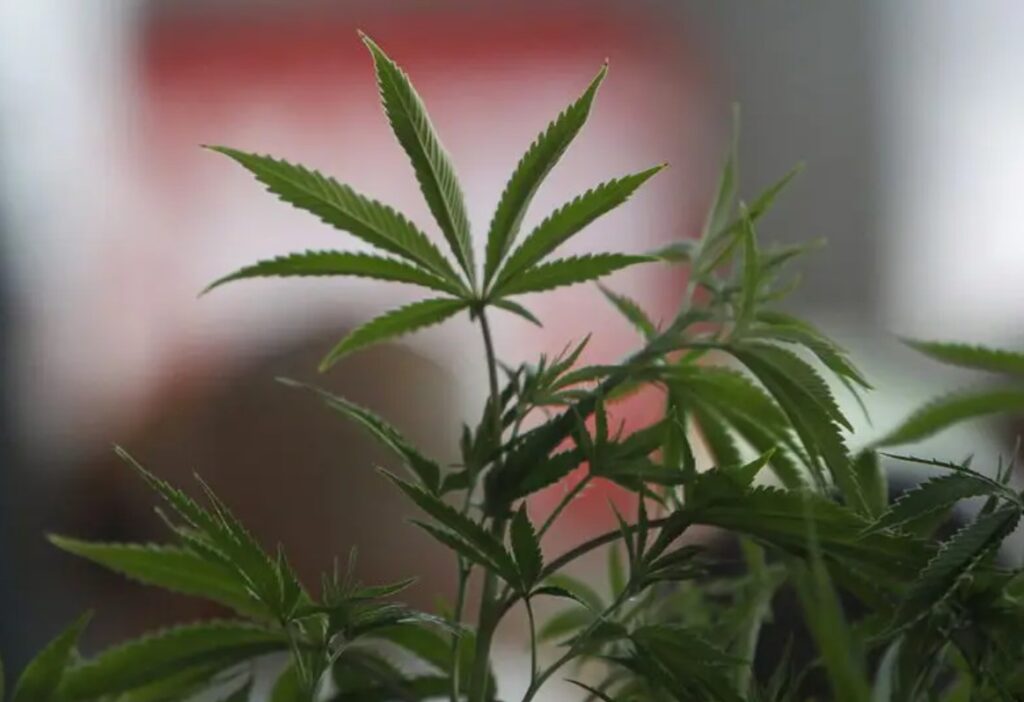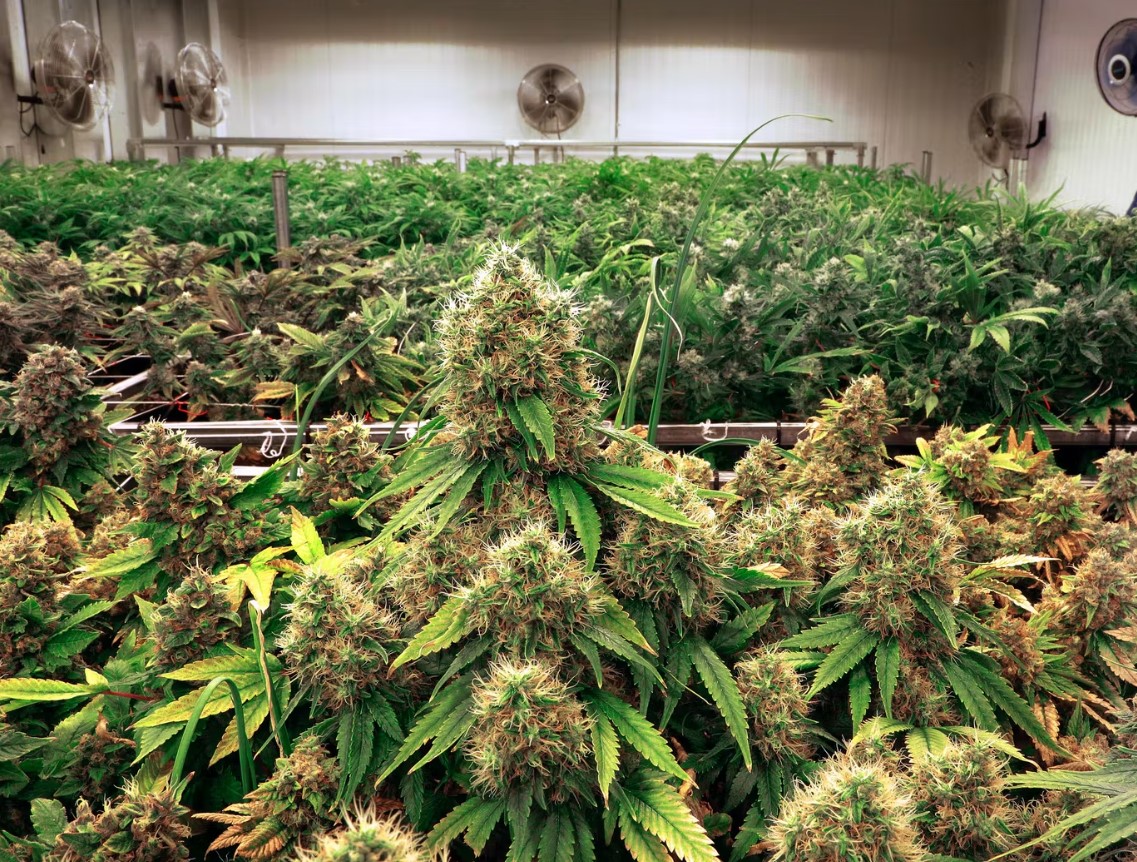Is marijuana getting stronger? In 1975, the major psychoactive component in cannabis, THC, had an average strength of less than one percent, and in 1985 it rose to three percent. Marijuana’s THC levels vary from 15 to 25% today, not to mention cannabis concentrates like THCA isolates that have a potency as high as 99.9%. Try our cactus jack cookies cart and banana pound cake strain.
Has Marijuana Gotten Stronger?
Marijuana potency is measured in terms of delta-9-tetrahydrocannabinol (THC), the major chemical responsible for the drug’s “high.” According to a 2016 study on seized cannabis products published by the Drug Enforcement Administration, cannabis strain potency increased from about 4% in 1995 to around 12% in 2014.
In a 2019 study, black market cannabis potency climbed to 17.1 percent THC. That implies that between 1995 and 2017, illicit cannabis’ THC strength increased by about 300%. In addition, hash oil production technologies have made it easier to make hash oil with up to 99% THC.

The cannabis subculture flourished in the 1970s, with landrace types like Colombian Gold and Thai Sticks taking center stage. These strains, on the other hand, had a darker hue, more leaves and stems, and less robust structures than Cannabis sativa cultivars cultivated today in dispensaries.
Is Higher THC Potency a Good or Bad Thing?
It is also possible to get high quantities of THC by extracting the resin and decarboxylating it. Some medical patients have been able to benefit from higher THC potencies since they provide significant relief for severe medical issues and symptoms. THC, on the other hand, has been linked with bad effects including increased heart rate, dry mouth, red eyes. memory loss, anxiety, sluggish reaction times, and coordination difficulties.
Cannabis, in general, is a safe drug. THC’s effects can be influenced by the amount consumed. A low dose of THC might help people suffering from anxiety relax and feel euphoric. High doses of THC, on the other hand, can trigger anxiety, paranoia, and panic attacks.
THC has a comparable cardiovascular side effect. THC doses of less than 10 milligrams have been found to increase blood flow, while higher dosages can obstruct blood flow through the vessels.
Is stronger marijuana a good or bad thing? Unfortunately, there is no easy answer to this question. Cannabis affects everyone differently. However, we do know that young people are more susceptible to the negative effects of THC since their brains aren’t fully developed and early cannabis use might have an impact on learning and behavior.
Has Weed Gotten Stronger?
Weed is getting stronger with time, according to the potency scale, if we’re looking at THC levels. The marijuana culture exploded in the 1970s. All well-known strains were uncrossed landraces, typically given local names like Colombian Gold and Thai Sticks. For example, strain names such as Colombian Gold and Thai Sticks hinted at where the bud came from. Nowadays, a significant portion of cannabis produced in the United States is grown in-country.
If you looked at a High Times magazine from the 1970s, you’d believe our top 40 buds are trash by today’s standards. Back then, bud was dark green or brown in color, leafy, and had more visible stems. It’s because they were. The “top” strains are now thick, dank buds covered in glittering crystal-like trichomes.
Putting appearance aside, the test findings show that cannabis is getting stronger. According to data from recent High Times Cannabis Cups, flower entries have been testing at around 30 percent THC for some time. Until 2009, the DEA thought of weed in a different light; during a drug seizure, they obtained a 33 percent THC crop. Unless you count marijuana extracts, which may contain over 90% cannabinoids, THC levels haven’t increased much since then.
Safe Cannabis Consumption Practices
The health impacts of cannabis, whether medicinal or recreational, are numerous, but only if used in moderation. nFirst-time users should avoid high-THC products to minimize the risk of overconsumption and tolerance development.
Furthermore, consumers should only purchase cannabis items that have been verified for strength and purity by a third-party testing facility. Cannabis on the black market isn’t tested for pesticides, heavy metals, or residual solvents. Finally, to get the most out of your medication, it is vital to start with the lowest dose possible and gradually increase dosage over time.
Full- Spectrum Cannabis is the Future
Consumers have historically sought for the highest possible strength, however research on the “entourage effect” suggests that cannabinoids like THC and CBD aren’t the only compounds that matter. Cannabis contains a variety of chemical components, including terpenes and flavonoids, which have been proved to provide a variety of therapeutic advantages.
Full-spectrum cannabis products, on the other hand, include all of the plant’s therapeutic components. Instead of terpenes, flavonoids, and all cannabinoids except for THC, broad-spectrum cannabis products feature only terpenes, flavonoids, and non-THC cannabinoids.
